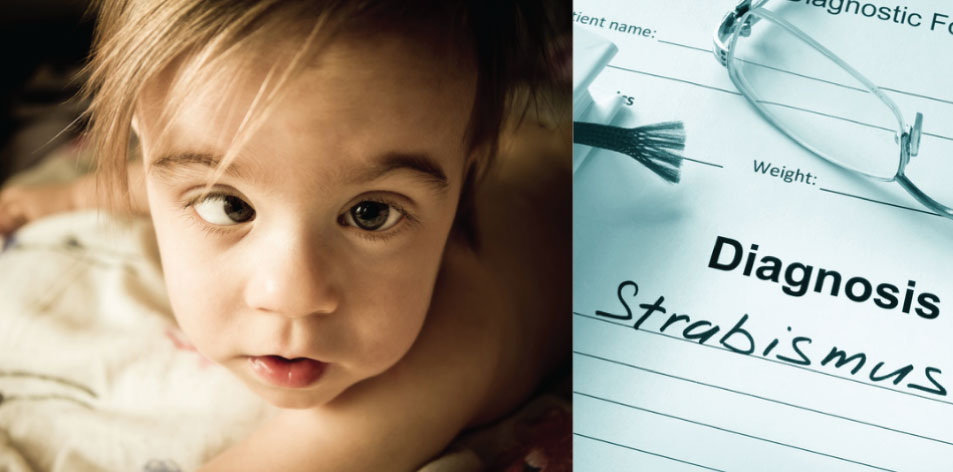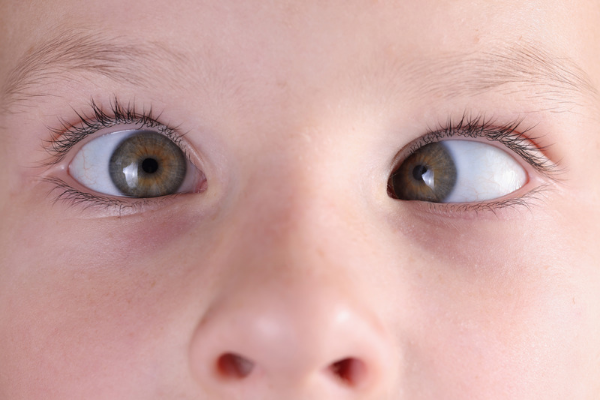
Strabismus In Children – H&S Education & Parenting
Strabismus In Children: Recognizing & Treatment Of Strabismus

A squint also known as strabismus is a common paediatric eye condition in children, where the eye muscles fail to work together. There is thus a misalignment of the eyes and may be present when one or both of the eyes may turn inward (esotropia), outward (exotropia), upward (hypertropia) or downward (hypotropia).
What Are The Causes Of Strabismus?
The cause is not always known, and idiopathic strabismus is the most common type where the cause is not known. Your child can be born with it or can acquire it later in life. In some children, a strabismus may be present always, whilst in others it may come and go.
In children a squint occurs when the eye is trying to overcome a vision problem namely short-sightedness (unable to see too far), long-sightedness (unable to see nearby) or astigmatism (imperfect curvature of eye causing blurry vision).
Other rarer causes could include infections such as measles, certain syndromes such as Down’s syndrome, Duane syndromes, cerebral injuries such as cerebral palsy, nerve damage, childhood eye cancer known as retinoblastoma among others.
When To See The Doctor?
Early diagnosis is key, in order to preserve vision, as if left untreated it will result in a condition known as amblyopia commonly referred to as lazy eye. It is also important to understand that it is common for eyes to wander outward or inward in the first 3 months of age. But if your child has a squint that comes and goes beyond 3 months of age, then this should warrant a visit to the doctor. Also, if your child has a constant squint, then this too needs to be checked. You should also see the doctor if your other child was diagnosed with squint, or you notice a red eye reflection in one of the eyes.
What’s Next?
Once strabismus is confirmed by a doctor, it will need to be treated depending on the type. If it is mild, then glasses can be used to correct the alignment or patching over the normal eye for many hrs to help remind the brain that both eye muscles need to work together. For severe strabismus, eye surgery is needed to help prevent vision loss. In kids, where surgery has failed, Botox injections can be used.

